Caves 🢔 Geological wonders 🢔 Categories of wonders
Wonder
Caverne Patate
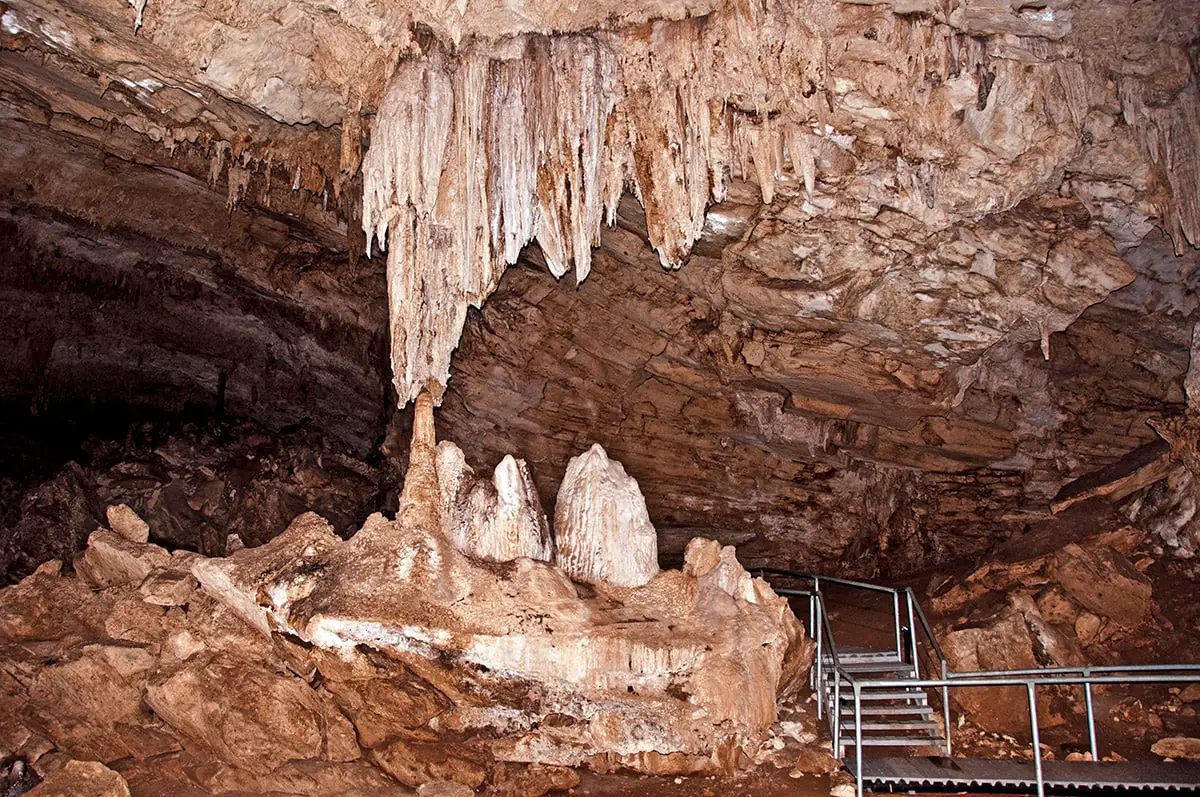
 In short
In short
The longest known cave in the Republic of Mauritius is Caverne Patate in the remote Rodrigues island. This cave is 1 140 m long and in some places goes below the sea level.
 47.0%
47.0%
GPS coordinates
Length
Depth
Map of the site
If you see this after your page is loaded completely, leafletJS files are missing.
 In detail
In detail
Caves of Rodrigues
Rodrigues is a volcanic island, mostly consisting of basaltic rocks. But in the south-western part, there is some 3 km² large area covered with limestone that has been formed from windswept coral dust. In this area in the limestone have formed some 30 caves.
In many of these caves have formed so-called "windows" or sinkholes – e.g. has collapsed the roof of cave thus forming a hole with steep walls. Of course, numerous animals have fallen in these holes (and still do) and now one can find their bones. Thus in many caves of Rodrigues can be found remnants of such extinct animals as giant tortoises and the weird solitaire birds. This is a valuable insight into the recent past of this remote island which had numerous unique species of plants and animals. Now, as humans have been "keeping house" for some centuries, there is not a single patch of virgin vegetation on this island – all the native plant and animal communities are extinct although some unique species have been preserved.
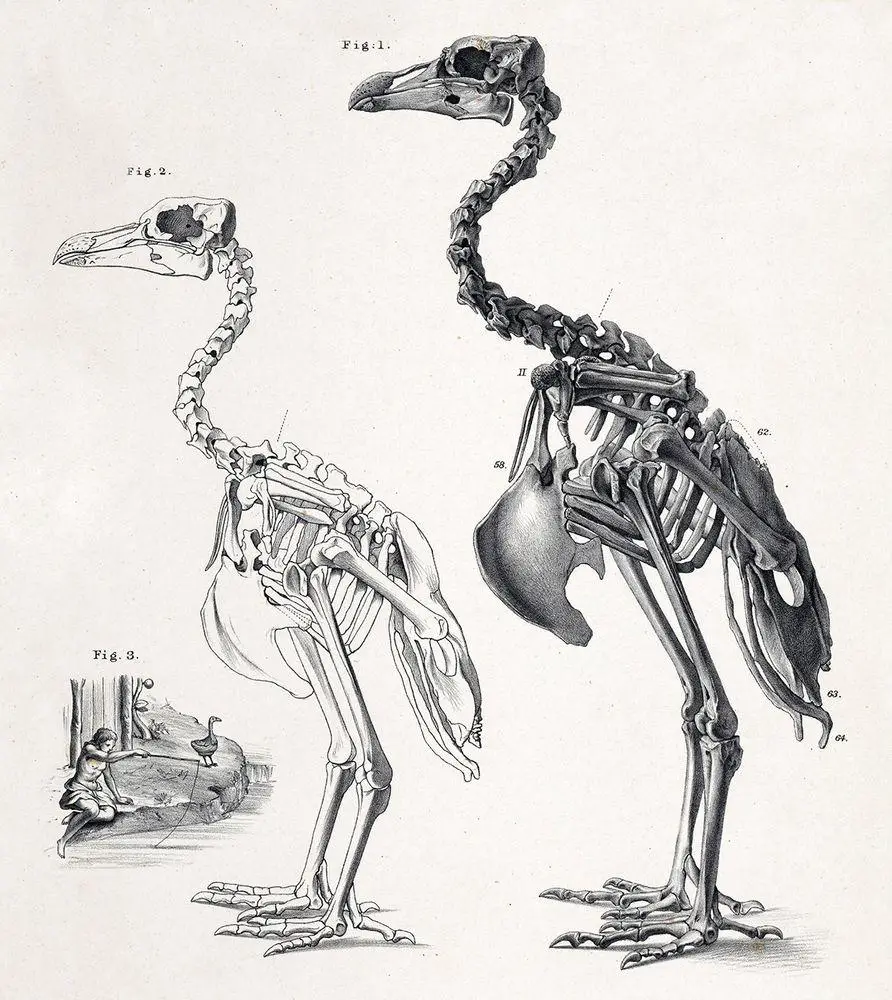
Potato cave
The most impressive cave on Rodrigues is Caverne Patate (translated as "potato cave") – a spacious cave which is named after the nearby fishing village. This cave was first described by captain de Labistour in 1789 – he reported that in this or (rather) another nearby cave were found bones of solitaire birds. Later, in the 1860ies – 1870ies in the caves of Rodrigues were found thousands of such bones of diverse animals.
This is a spacious cave with up to 25 m high ceiling. It was mapped in 1995 bringing the total length of its passages to 1 140 m (2) – thus it is the longest cave in the Republic of Mauritius. The cave goes up to 18 m deep in some places being under sea level.
The southern entrance is located at the following coordinates: -19.758157, 63.386581.
Tourists and damage
For decades this has been an important tourist destination. Unfortunately, this has brought much damage to the cave – in earlier years people went here with torchlights leaving ugly marks on the ceiling. Many fine stalactites and stalagmites have been chopped and brought away.
In less touristy parts of the cave though there are impressive speleothems including up to 2 m long soda straws, also the tourist part of the cave still has rather many stalactites and stalagmites.
Today the tourists should buy permits to visit the cave and are entering it at certain times of the day. They walk some 600 – 700 m long-distance through it. There are plans to install electricity in the cave.
Some tell legends that in this cave or another cave nearby pirates have hidden a treasure – but this was done in a long-lost passage which is closer to the ocean and now is not available anymore.
References
- J.P.Hume, L.Steel, A.A.Andre, A.Meunier. In the footsteps of the bone collectors: nineteenth-century cave exploration on Rodrigues Island, Indian Ocean. Historical Biology, 2014.
- William R. Halliday. Caving in the Republic of Mauritius. Cascade Caver, January 1996, Volume 35 No.1.
 Linked articles
Linked articles
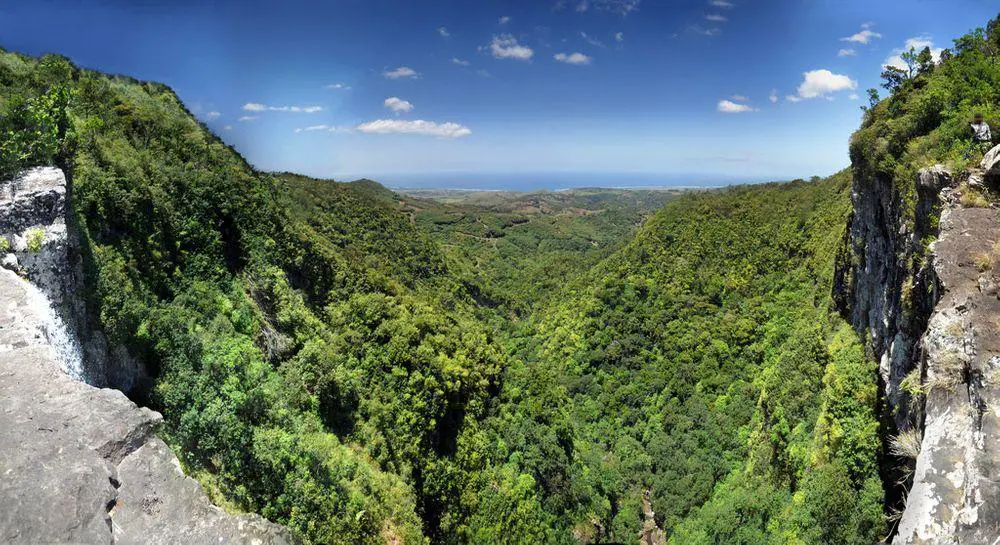
Wonders of Mauritius
Several beautiful islands in the Indian ocean form the state of Mauritius. These islands are distant from each other and very diverse.
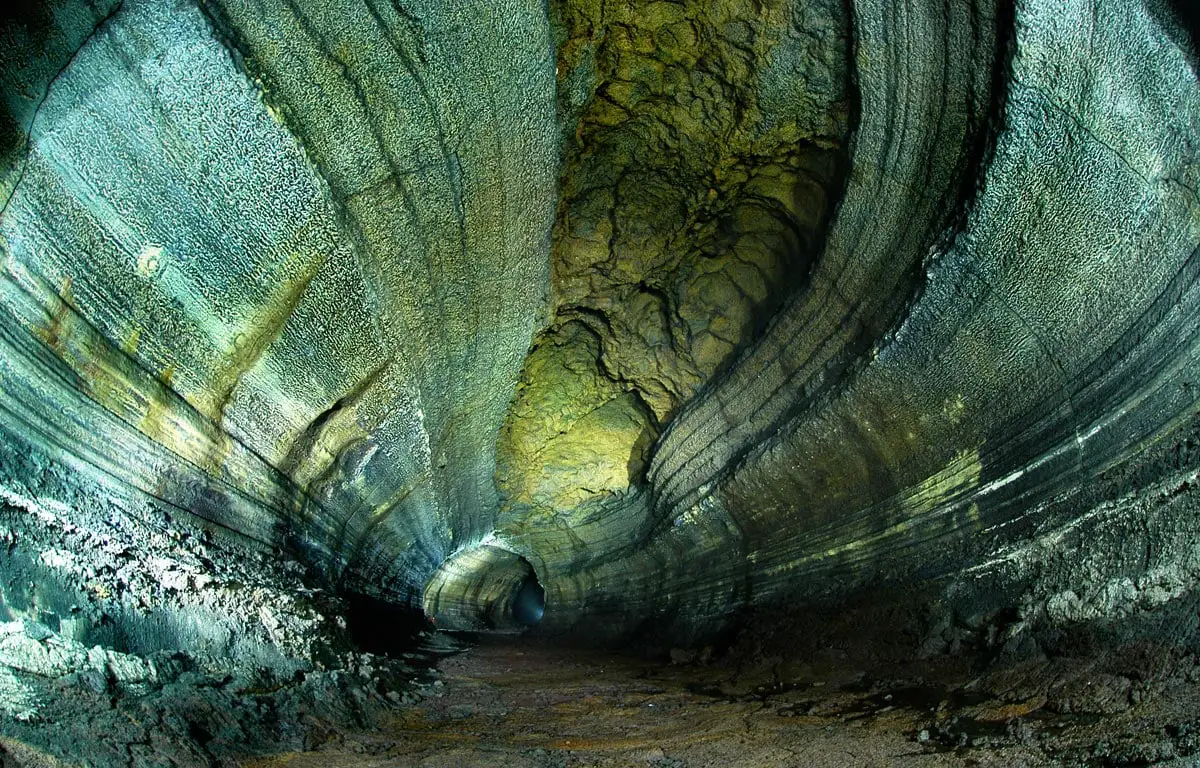
Caves
Every year there are reported exciting discoveries of new caves and discoveries of new qualities such as cave paintings in the ones known before. But there still is a feeling that our knowledge covers just a small part of all these monuments of nature.
Though, those which are known to us, offer a surprising diversity of unusual features and impressive sights.
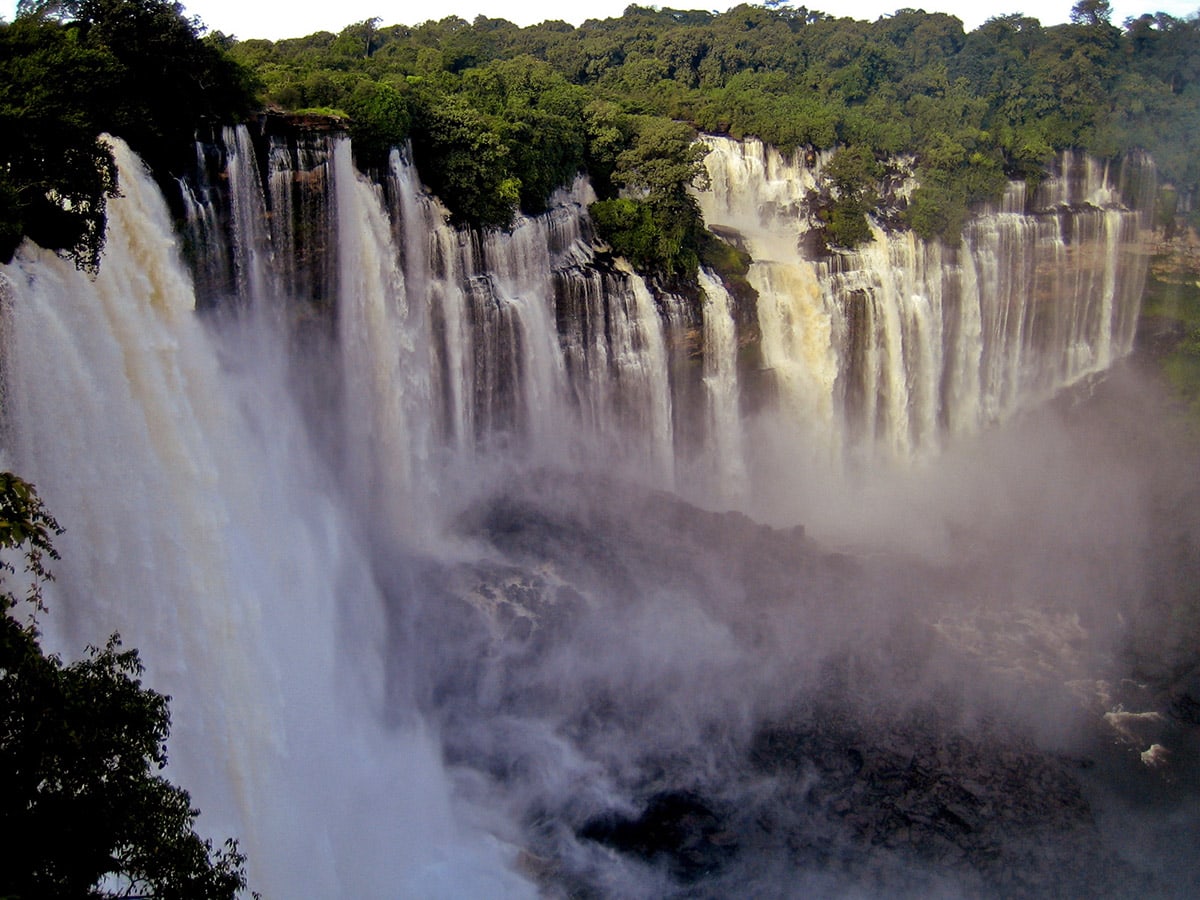
Wonders of Africa
Africa has many outstanding wonders and some of the most surprising ones are the heritage of Egyptian civilization, the vernacular architecture of the Sahel region, tropical ecosystems, and others.
 Recommended books
Recommended books
Lost Land of the Dodo
Uninhabited by humans, the Mascarene Islands of the Indian Ocean were once home to an extraordinary range of birds and reptiles: giant tortoises, parrots, skinks, geckos, burrowing boas, flightless rails and herons, and, most famously, dodos.
The Dodo and Mauritius Island: Imaginary Encounters
A wonderful and original tribute to the curious, comical Dodo and the beautiful island of Mauritius. Award-winning Finnish photographer Harri Kallio creates the illusion that these fascinating creatures are alive and abundant, living as they once did in their own unspoiled haven, the island of Mauritius.


